The COVID-19 pandemic presented new challenges for Biology students and instructors. The three undergraduate Biology classes described below illustrate the variety of ways that these challenges were overcome and the diversity of learning experiences that the Department of Biology offers.
Water for People and Nature (IDS 2935) is a new Biology course developed by Dr. Amanda Subalusky as part of the UF Quest program. UF students are required to take one of the Quest 2 courses, in which students embark on an interdisciplinary journey to explore some of the biggest questions facing society today. In Dr. Subalusky’s course, students explore human interactions with water through watershed science, art, self-reflection, a personal water-budget calculator, and an experimental stream facility near Bartram-Carr Hall. “Water will be our most limiting resource in the 21st century,” says Dr. Subalusky. Whether through sea-level rise or fresh-water shortages, “water is the proxy through which we will feel the effects of climate change.”
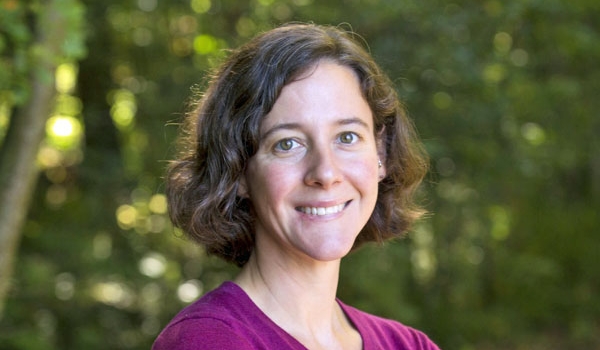
In Water for People and Nature, students study biological processes affecting water quality in an experimental stream facility that Dr. Subalusky manages at UF. The facility was built to provide a controlled environment where Dr. Subalusky can probe the mechanisms affecting aquatic ecosystems at her field sites in the U.S. and east Africa, as well as to give students the opportunity to study pressing environmental issues, such as eutrophication.
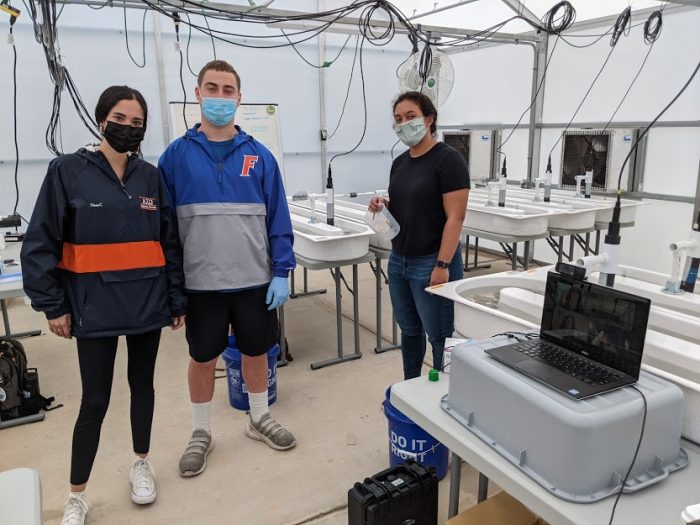
Water quality is often in the news in Florida, including in April 2021, when a wastewater leak at the Piney Point phosphate plant in Manatee Country led to the evacuation of 300 homes and pumping more than 200 million gallons of potentially radioactive, nutrient-rich wastewater into Tampa Bay.
“It was good timing, although obviously unfortunate, to have that happen as our class experiment was playing out,” Dr. Subalusky explained. “The biggest concern wasn’t really the radioactivity – those levels were very low. It was the nutrients.”
Nutrients may not be widely perceived as an environmental threat, but Dr. Subalusky’s students got to see first-hand in their experiment how nutrient addition can transform clear water into an algae-infested ecosystem, with dramatic swings in dissolved oxygen concentrations as algal metabolism shifts from being dominated by photosynthesis during the day to respiration at night. The low oxygen levels characteristic of these nighttime swings may persist during the day in some highly eutrophic waters, due to the accumulation of dead algae and the metabolic activity of microbial decomposers. This low-oxygen state, known as hypoxia, is stressful for many aquatic organisms, even leading to fish-kills.
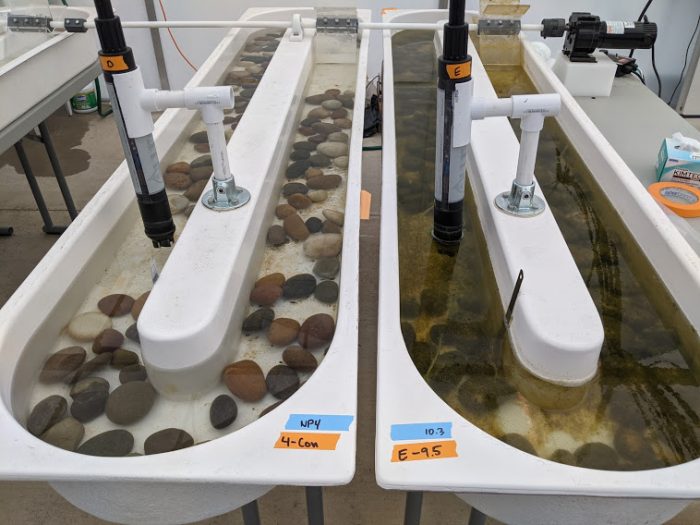
Like most UF classes in spring 2021, Water for People and Nature was taught using the HyFlex teaching mode, with a combination of in-person and online students. Although online students did not physically visit the experimental stream facility, all students could track the experiment in real time using data streamed from oxygen sensors.

Besides a rigorous lens into science and the environment, students in Water for People and Nature had plenty of other ways to explore water and what it means to them, from compiling a water curation project of songs, stories, and photos, to writing reflective essays on their personal water use.
“The part of the course that I think was the most impactful for the students was the water-use diary and the water footprint calculations,” Dr. Subalusky said. “It was really neat to see the students have the opportunity to reflect on how much water they use and where they stack up amongst one another, the state, the country, and the world, and to actually put numbers on their use of water over a day or a year.”
Another Biology faculty member, Dr. Jamie Gillooly, had the opportunity to observe the course and had nothing but praise for Dr. Subalusky. “Not only does she have the expertise in aquatic systems for the more scientific topics,” Dr. Gillooly said, “but she brings to the table the open-mindedness and enthusiasm necessary to engage students in this interdisciplinary exploration. … I walked away reminded what’s possible as teachers if we take the risk and stretch the boundaries.”
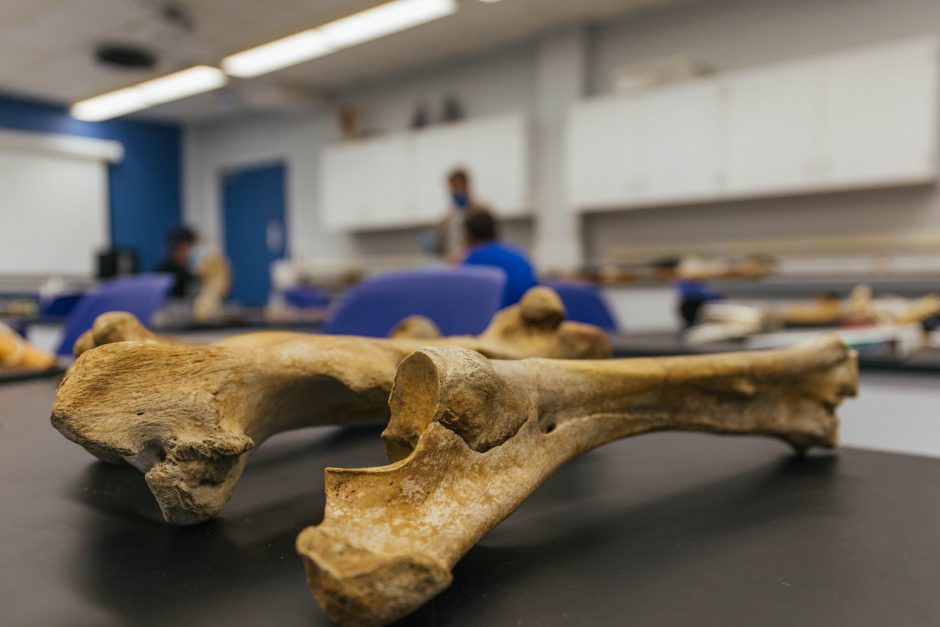
Functional Vertebrate Anatomy (ZOO3713C) plays an important role in the Biology curriculum, helping students make connections between structure and function. Dr. Connie Rich, who taught this course in spring 2021, explained the central role of the laboratory activities.
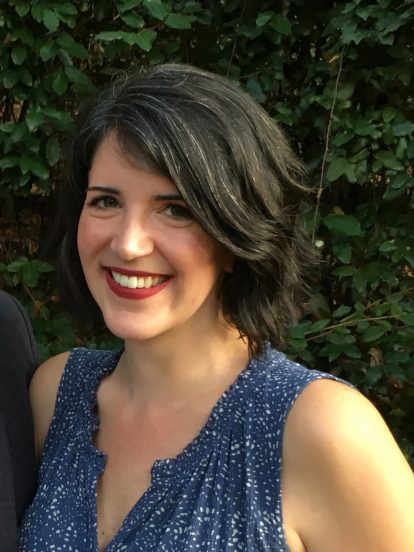
“In lecture, you are introduced to these structures and concepts and learn how things develop and have evolved,” Dr. Rich said. “But you don’t have even a fraction of the appreciation or the understanding until you get this thing in your hands, and you can see it and hold it and manipulate it and get a feeling for … the three-dimensional structure. … One awesome thing about our anatomy lab is that we have all of these different species. … We have loads and loads of skeletal preps, so students can actually see evolutionary steps for different structures.”
This short video shows teaching assistant Arik Hartmann and Anatomy students in action. (Video by Wise Clairvoyant.)

One of the many logistical challenges posed by the pandemic involved review sessions. In-person review sessions, where students revisit the lab to examine skeletons and other materials prior to exams, were eliminated due to COVID-19 restrictions. Arik Hartmann, one of the graduate teaching assistants (TAs), came up with a creative solution: hosting online review sessions using rotatable 3D models of vertebrate skeletons.
These adjustments required extra effort. “It did require a lot more work, a lot more patience … a lot more cooperation on the part of the students and the TAs in particular,” Dr. Rich said. “But everybody really rose to the challenge and then some … the team worked tirelessly to make sure that the students got what they needed out of this class. … There were unique challenges, but it was very similar to other semesters in terms of the things that students thought were the hardest, the things that they enjoyed the most. … Students really got out of it what we would expect.”
In an otherwise very abnormal year, Functional Vertebrate Anatomy was an exceptional case of normality.
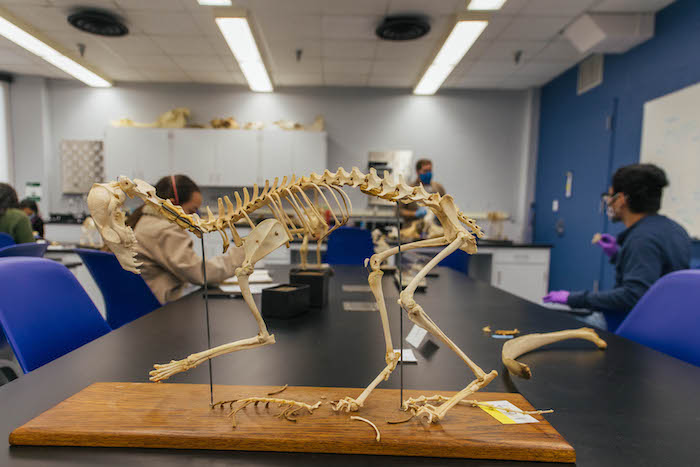
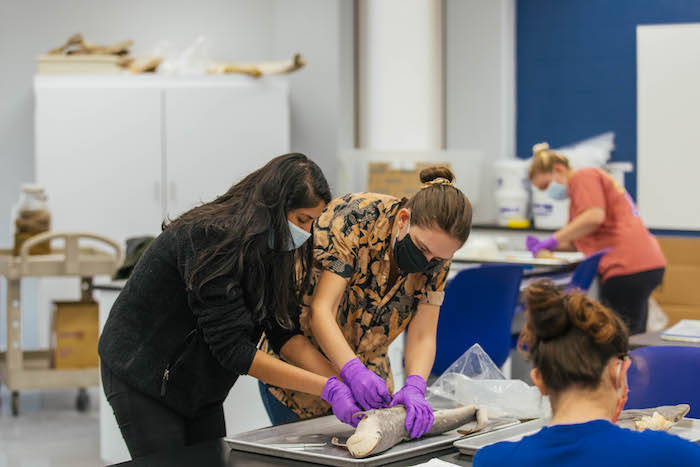
Plant Ecology (PCB3601C) is famous not only for kindling students’ interest in research, but also giving students the chance to light some real fires. In a normal semester, students visit field sites on both Florida coasts and everywhere in between, and the semester culminates with independent student research projects on fire ecology. In spring 2021, however, pandemic restrictions on field trips motivated development of research-based labs that could be implemented on UF’s campus. Given the growing importance of lawns, from both environmental and cultural perspectives, Dr. Jack Putz decided to focus the spring 2021 offering of Plant Ecology on gaining a better understanding of lawn ecosystems.
A central goal Dr. Putz’s Plant Ecology course is to increase students’ familiarity with the scientific method in field settings. Students learn about statistics and experimental design concepts, including the importance of replication, avoiding bias, and controlling extraneous variation. In spring 2021, students initially practiced the scientific method in McCarty Woods Conservation Area near Bartram-Carr Hall, where they learned to measure water infiltration rates into soils using simple infiltrometers. Groups of students formulated a hypothesis about factors affecting infiltration rates, and then designed an experiment to test that hypothesis.
Armed with this experience, students began designing and implementing their independent projects on lawn ecology. First, students worked together to catalogue the plant species at their field site: the lawns adjacent to Bartram-Carr Hall. In an area of just 1000 m2 (one fifth of a football field), students found three species of exotic turf grasses and 41 other species of vascular plants. Students then piloted data-collection for different treatment and response variables and developed preliminary research proposals, including a statement of their hypothesis, experimental design, and statistical analysis methods.

After receiving feedback and tweaking their study designs, students set about implementing their independent research projects. Experimental manipulations included soil compaction, soil aeration, fertilization, and acidification. Response variables included biomass growth, changes in percent cover by grasses and forbs, foliar greenness, and even the number of clover (Trifolium) root nodules that host symbiotic nitrogen-fixing bacteria. One student wrote a Python program to quantify greenness in photos of their sampling plots. Together, students collected data in 600 plots, which were carefully mapped and paint-marked so that they could be relocated throughout the multi-week experiment. Based on their data collection, analysis, and reading of scientific literature, students prepared both posters and manuscripts.
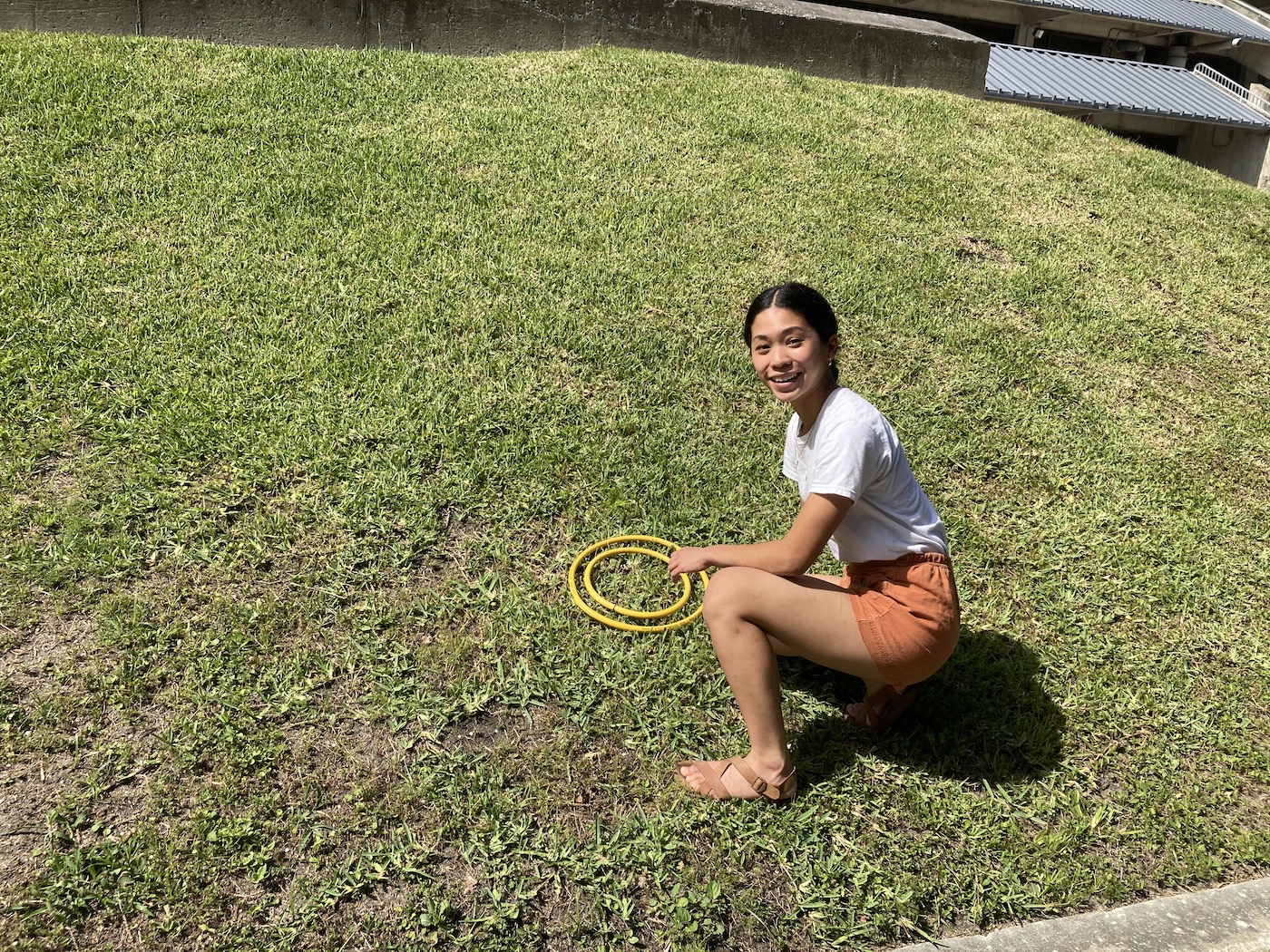
Students learned a great deal from this experience, and so did the instructors. In addition to gaining insights about how to design field studies on lawn ecology, the instructors learned a lot about the components of the scientific method with which undergraduate students struggle. “We were surprised that even students who had taken previous courses in statistics found it challenging to design their independent project in ways that avoided bias and minimized extraneous variance, but then also struggled with data handling, graphing and analysis,” Dr. Putz explained. “We’ve all seen histograms since third grade. But until we do it with our own data, collected to test a hypothesis that we formulated ourselves, it just doesn’t sink in.”